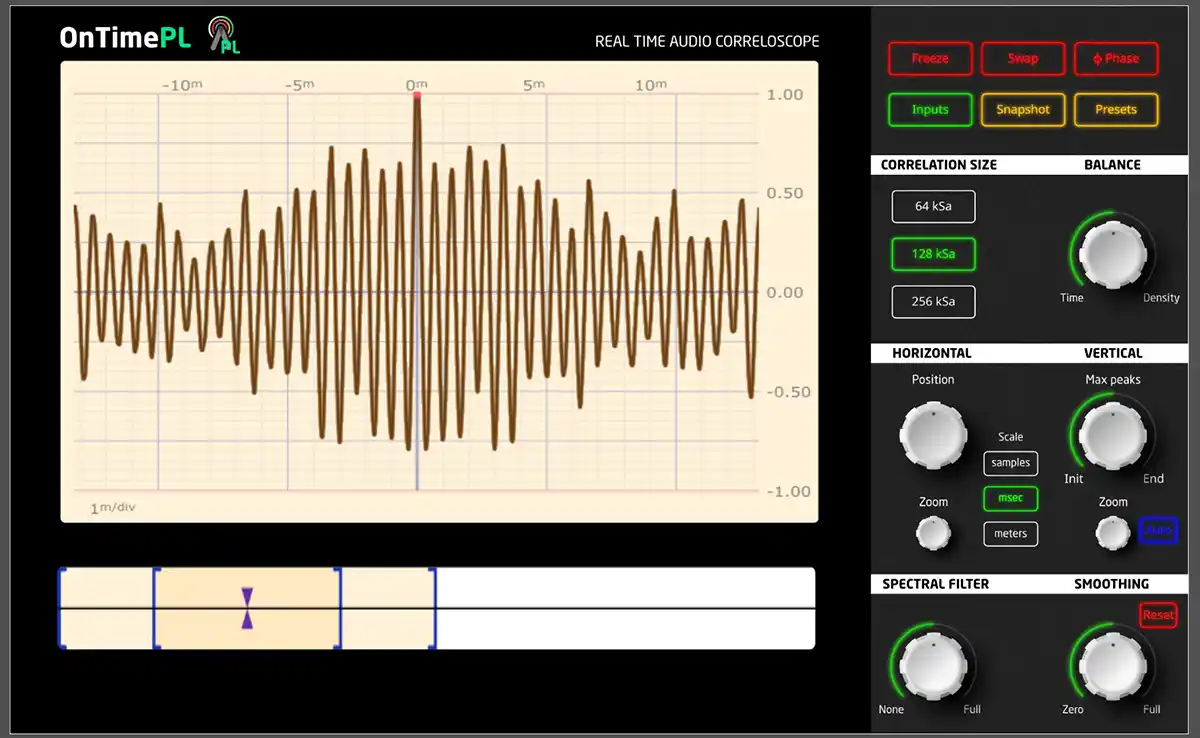Time alignment in audio production is one of the most critical yet often overlooked aspects of modern mixing. If latency and misalignments between tracks are not corrected, your mix will lose clarity, punch, and coherence.
In simple terms, time alignment in audio production means adjusting the exact moment when multiple audio signals arrive so that they reach the listener in perfect sync. When tracks are not properly aligned, they interfere with each other and cause:
Unlike creative effects such as reverb or delay, timing misalignments are unintentional and destructive.
Even very small delays can affect a mix. A difference of only 1–2 milliseconds can weaken transients, while 10–20 ms can sound like doubling or timing errors. At a microscopic level, a shift of just a few samples can create a comb filtering effect. If left uncorrected, it changes the tonal character of the sound, making instruments lose weight and definition.
These synchronization problems often go unnoticed during recording but become obvious in the mix—causing a lack of depth, clarity, and focus.
Remember: “Good time alignment in audio production improves phase coherence and punch.”
Most DAWs include automatic plugin delay compensation, but it only works within the DAW itself. It often fails to account for:
As a result, even modern productions still suffer from timing issues.
Specialized tools like OnTimePL solve these problems by:
By ensuring precise time alignment in audio production, OnTimePL enhances clarity, depth, and overall musical impact.
Don’t forget: to achieve a coherent mix, proper time alignment between microphones and tracks is essential.
Achieving perfect time alignment is not just about fixing problems after recording—it’s also about preventing them from happening in the first place. Here are a few recommendations:
Time alignment in audio production is not a minor technical detail—it’s essential for achieving mixes that sound powerful, clean, and professional.
Whether recording with multiple microphones, using external hardware, or collaborating remotely, precise synchronization ensures that all your tracks work together instead of against each other.
“The OnTimePL plugin lets you measure and correct time alignment in audio production in seconds.”
